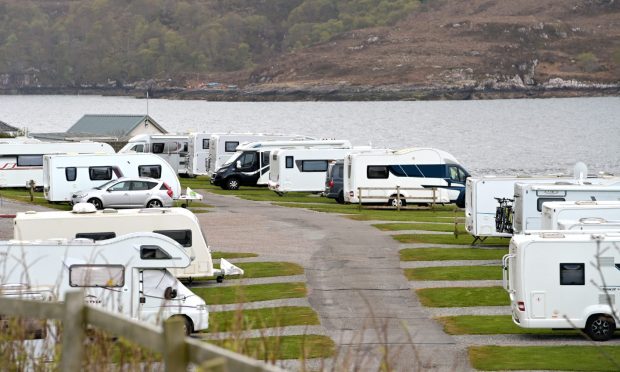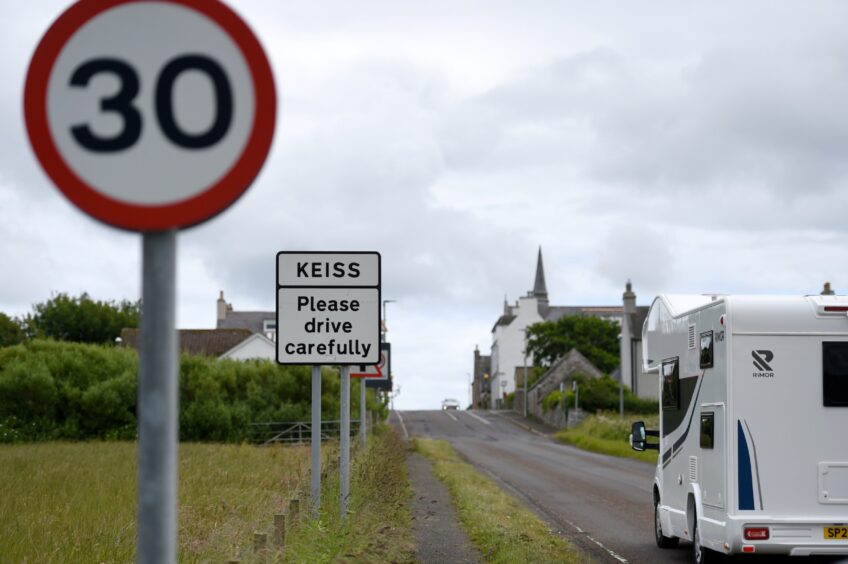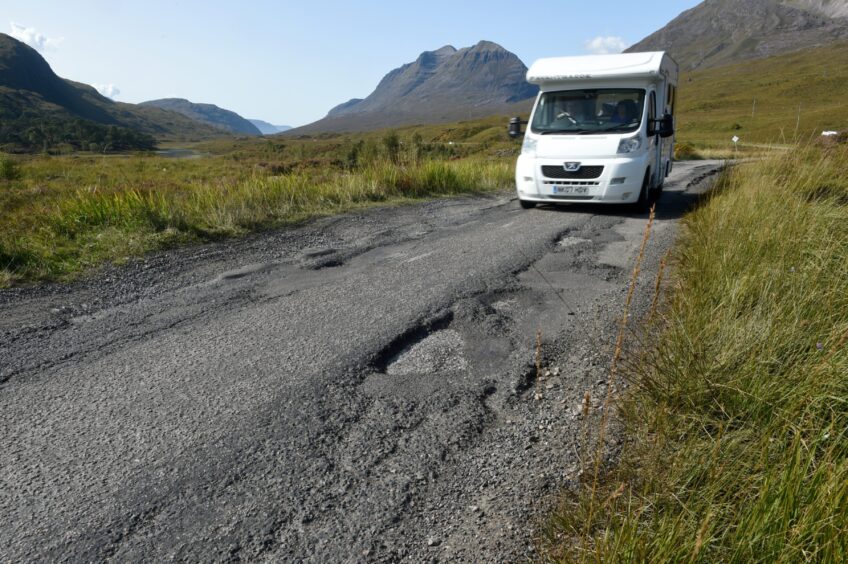The North Coast 500 has been named a destination to ‘reconsider’ in 2025 due to overtourism.
The hugely popular Highland road trip is on Fodor’s Travel’s annual ‘No List’ and among 15 worldwide destinations suffering from “untenable popularity.”
Bali in Indonesia, Koh Samui in Thailand, Mount Everest and Kerala in India also feature.
The travel guide publisher says: “These locations are popular for good reason—they are stunning, intriguing, and culturally significant.
“However, some of these highly coveted tourist spots are collapsing under the burden of their own prominence.”
The North Coast 500 is cited as an example of when a road trip “becomes too popular, threatening the natural environment and becoming a nuisance to the communities living alongside it.”
The article adds that the 516-mile route’s “newfound surge in popularity comes with significant downsides, from the inconvenient to the downright disgusting.”
In their round-up, they write: “Wild camping on beaches, in laybys, and even on private property is common, and residents report finding campfire scorch marks, trash, disposable grills, and even human faeces in their wake.”
It also says: “Roads are congested with traffic, increasing the frequency of accidents and causing significant delays for locals” and “overtourism is also driving up the cost of living in the Highlands, pricing out locals and steadily changing the region’s culture.”
North Coast 500 plagued by badly-behaved tourists
The Press and Journal has reported on these since the NC500’s conception – from soaring speeding offences to badly behaved tourists and a ‘litter tsunami’.
David Hughes, chairman of North Coast 500 Ltd said: “Over the last few years, we’ve all seen an increase in visitor numbers, and we are working hard to encourage tourists to be part of the solution, helping us maintain the North Highlands’ natural beauty for everyone to enjoy.
“We share the concerns raised about “wild camping” in motorhomes and campervans and the impact this has on visitor numbers.
“We are actively engaging with the relevant authorities to highlight this issue which impacts not only the NC500, but many areas of Scotland.
“While we don’t have the power to improve important infrastructure, we are doing everything in our power to make the route an enjoyable experience for both the local community and visitors.”
Tourists are also asked to pledge not to speed or litter as part of a new initiative.
It comes as Highland Council asks the public for their views on introducing a tourist tax – which doesn’t include campervans and motorhomes unless parked up in a campsite.
Overtourism has been blamed for tarnishing the area and driving up costs for Highlanders, but do you agree?
We would love to hear your thoughts in the comments.



Conversation